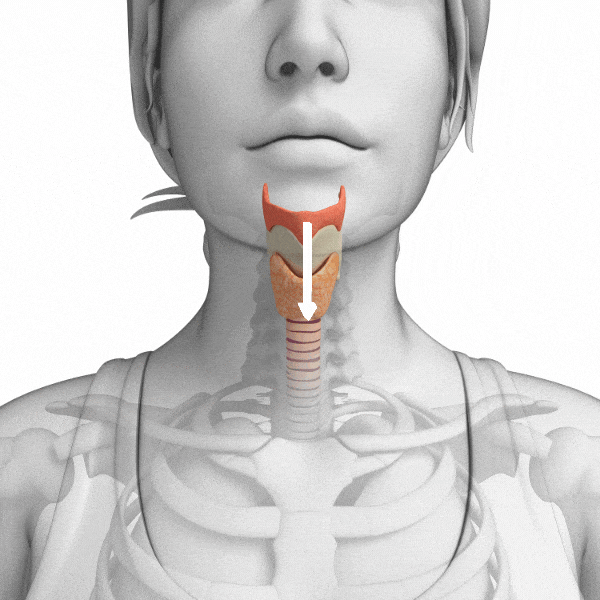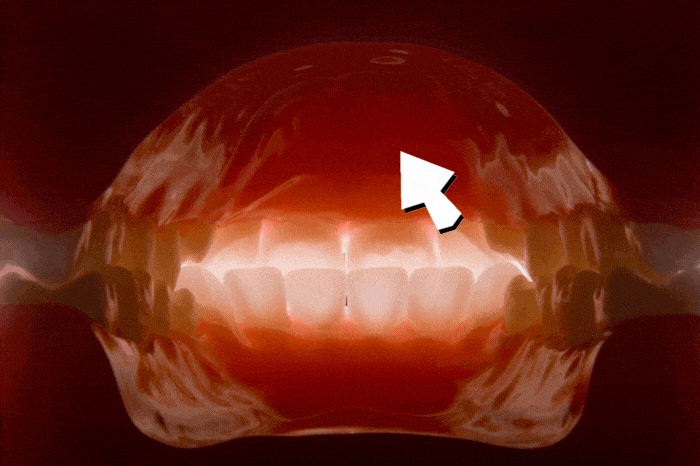How to Sing Better Using 7 Operatic Techniques
Traditional Italian singing techniques used to be more popular in the world of singing.
With modern singing methods introduced in past decades, operatic singing methods have been viewed as outdated or unsuitable for modern styles of singing.
Operatic singing techniques might not produce the vocal colors required for pop or rock singing, such as breathy tones, rasp, grit, and many others, singers can benefit greatly from those traditional singing methodologies.
In this post, I will show you how to sing better with 7 important operatic techniques that can help you grow immensely as a singer.
These techniques can be applied to any genre for singing.
If you’re ready to learn the best singing techniques from history, let’s dive right into this:
Technique #1 – Lower Your Larynx
The larynx is basically your Adam’s apple, and both men and women have them.
Most pop singers do not know the advantages of lowering the larynx.
When you lower your larynx, you greatly increase the biggest resonance space of your voice – the Pharyngeal space.

When you yawn, you feel that opening in the back of your mouth. That’s your pharyngeal space.
It is the loudest “speaker” you have as a singer.
Sadly, many singers don’t know how to use it, and it’s so easy to use.
Just yawn and apply that opening while you sing.
You might not be used to that dark color of your singing voice, and that’s okay.
When you sing pop, or other styles and you need more power, lower your larynx.

You’ll be surprised how strong your voice will sound.
Another thing is – we tend to squeeze at the throat for high notes. Try opening the pharyngeal space when you go for high notes.
You will be training those “high note muscles” in the most effective way.
Lowering the larynx is one of the most important techniques from traditional singing schools. Use it and you will be surprised how much your voice will grow.
Technique #2 – Find Your Vocal Placement
Vocal placement is used to ensure that you are singing in an efficient way.
Not only can you keep your voice safe, you can also produce beautiful tones with moderate effort.
Different schools of thought have different concepts of what vocal placement really is.
Some say you should place your voice in the mask, nose, throat, forehead, etc.
As I mentioned before, the biggest resonator of your voice is the Pharyngeal space, which is between the soft palate and the tongue.
Having the right vocal placement means to have a buzzing feeling in the soft palate.

One way to feel this is to make an owl sound of “OOH-OOH.” You will feel a buzz at the roof of your mouth.
Whenever you sing, you should be feeling this buzz in your soft palate.
Another way to feel this is to just laugh out loud on “HA-HA-HA.” You should feel the voice “hitting” the roof of the mouth.
When you have the right vocal placement, you will keep your voice safe and sound.
Technique #3 – Breath In Low and Out
Correct breathing is so essential for singing, because it is like the fuel for your voice.
How you apply this “fuel” can have a major impact on your singing voice.
When you breathe in, your body is somewhat relaxed and your stomach should go out. You will look kind of like you’re pregnant.
Practice breathing in with your stomach popping out. You can extend this expansion to your rib cage without raising it.

If you find your chest and shoulders rising, that is a big no-no.
It is essential that you keep your breath low, so that you don’t pump excessive amounts of air to your throat, causing unnecessary pressure on the vocal cords.
Technique #4 – Bear Down for Support
After you take the breath in low, you should bear down for vocal support as you start to make sound.
Some say that you should pull the stomach in while you sing. It is the wrong way to apply vocal support as you will squeeze out more air that you need to the vocal cords.
Keep the breath low and out, and bear down while you sing.

This will ensure that a steady stream of air is directed to your vocal cords to produce some in the most efficient and safe way.
Technique #5 – Strengthen Your Chest Voice
Chest voice, or full voice, is so important for singing in a sense that it can make or break the quality of your singing voice.
Chest voice is produced by a set of muscles (Thyroarytenoid muscles) that provides the “thickness” or “meat” of your voice.
Even when you are singing in head voice or reinforced falsetto, you need to have this chest voice quality in your voice.
A strong chest voice mechanism can provide you with superb vocal quality.
How to strengthen your chest voice
Simple…sing louder with clear vowels in a chest voice, as if you are shouting to the guy across the street.
Of course, this is assuming you are applying good technique – lower your larynx, bear down for support, and feel the buzz in the soft palate.
If you cannot maintain a clear vowel, let’s say AH becomes a muddy OOH or a strained EH, you are not doing it right.
As you are singing louder with your chest voice with good technique, you are building up a strong chest voice for superior singing.
Listen to my audio demo:
Technique #6 – Strengthen Your Falsetto
It is important to build a strong falsetto register, because you need to strengthen the falsetto muscles for better vocal production.
The falsetto muscles(cricothyroid muscles) are responsible for stretching the vocal cords for higher notes. They need to be strengthened hand-in-hand with the chest voice muscles.
When your falsetto register is strong enough to balance with chest voice register, you will build a superior singing voice is able to utility falsetto and chest voice quality at your own will. So, if you need to sound soft, lean towards falsetto, and if you need power, more chest quality.
You should train your falsetto register on the OO and EE vowels, because only those 2 vowels are able to produce pure falsetto without chest voice quality.
How to Train:
- One way to train this is to sing OO at C5 with falsetto. The sound should not be woofy or breathy but focused and full.
- Descend down in pitch on a major scale so you go all the way down an octave.
- Next, start one half-step down on B4 and repeat the exercise.
- After that, start on Bb4 and so on…
It doesn’t matter if you will never use falsetto in your singing. This falsetto exercise is just for training purposes to balance your falsetto register with chest register.
Listen to my audio demo:
Technique #7 – Learn to Sing in Head Voice Correctly
According to Douglas Stanley, legendary voice teacher from the 20th century, head voice is different from falsetto.
Head voice is lighter chest voice, or falsetto with strong chest voice quality.
Some people use the terms head voice and mixed voice interchangeably.
Most pop singers who sing in very pretty “falsetto” are actually singing in head voice.
How do you incorporate chest voice quality to head voice?
There are a few ways to do this:
- Lower your larynx to increase the thickness in head voice.
- Sing louder in head voice without going breathy or woofy. This will strengthen the head voice.
- If head voice goes breathy or woofy, which becomes falsetto, lower the volume until you are able to make it sound full again.
- Sing an entire song mostly in head voice, even if you’re a guy. For example, you can pick a song by Prince or the Bee Gees, and practice your head voice by singing those songs.
Listen to my audio demo:
How to Sing Better in Pop Music
Operatic techniques are designed to produce the loudest volume out of the human voice.
They are the most efficient and effective vocal methods in singing.
Obviously, you don’t have to sing as loud in pop and other genres.
You can sing at a conversational level in more contemporary styles of singing.
For example, you only have to lower your larynx slightly to get the most out of the technique.
You only need to bear down just a bit for vocal support.
In other words, scale it down.
You don’t have to sound operatic, but if you apply these techniques, singing becomes so easy.
Now It’s Your Turn…Let Me Know What You Think
The operatic techniques that I shared in this post can be applied to any kind of singing.
At least, they can give you a great technical foundation for your singing.
Tell me what you think about these traditional singing techniques.
Or, if you have any question, you can also leave a comment.
If there’s anything I forgot to mention, let me know as well.
Best wishes to your singing!
Rex









